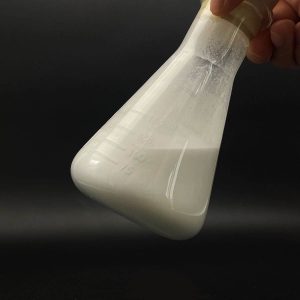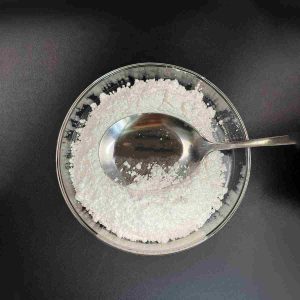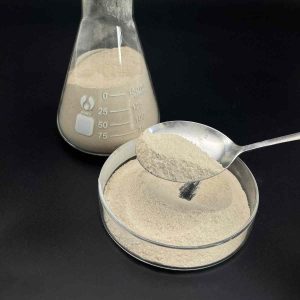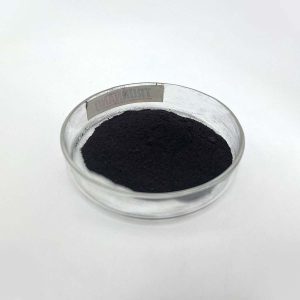Overview of Surfactant Hexadecyl Trimethyl Ammonium Bromide / Cetyl Trimethyl Ammonium Bromide / Ctab CAS No.: 57-09-0
Cationic surfactants are a class of surface-active agents that contain a positively charged head group or cation when dissolved in aqueous solutions. They are characterized by their unique ability to interact with negatively charged surfaces, making them versatile compounds with applications across industries including personal care, household cleaning, textiles, agriculture, and pharmaceuticals. Their positive charge allows for specific interactions with anionic (negatively charged) molecules, which governs their functionality in various formulations.
Features of Surfactant Hexadecyl Trimethyl Ammonium Bromide / Cetyl Trimethyl Ammonium Bromide / Ctab CAS No.: 57-09-0
-
Positive Charge: The hydrophilic (water-loving) head of a cationic surfactant carries a positive charge, typically derived from ammonium, pyridinium, or quaternary ammonium groups.
-
Strong Binding: Due to their positive charge, they bind strongly to negatively charged surfaces, like those found on skin, hair, or certain bacteria and viruses.
-
Emulsifying & Foaming Properties: Many cationic surfactants are effective emulsifiers, stabilizing oil and water mixtures, and can produce stable foams.
-
Conditioning & Softening: In personal care products, they improve the feel of hair and skin by depositing a conditioning film, enhancing manageability and softness.
-
Antimicrobial Activity: Some cationic surfactants exhibit bactericidal or virucidal properties, making them useful in disinfectants and sanitizers.
-
Compatibility: They can be formulated with other types of surfactants to enhance performance or modify product properties.
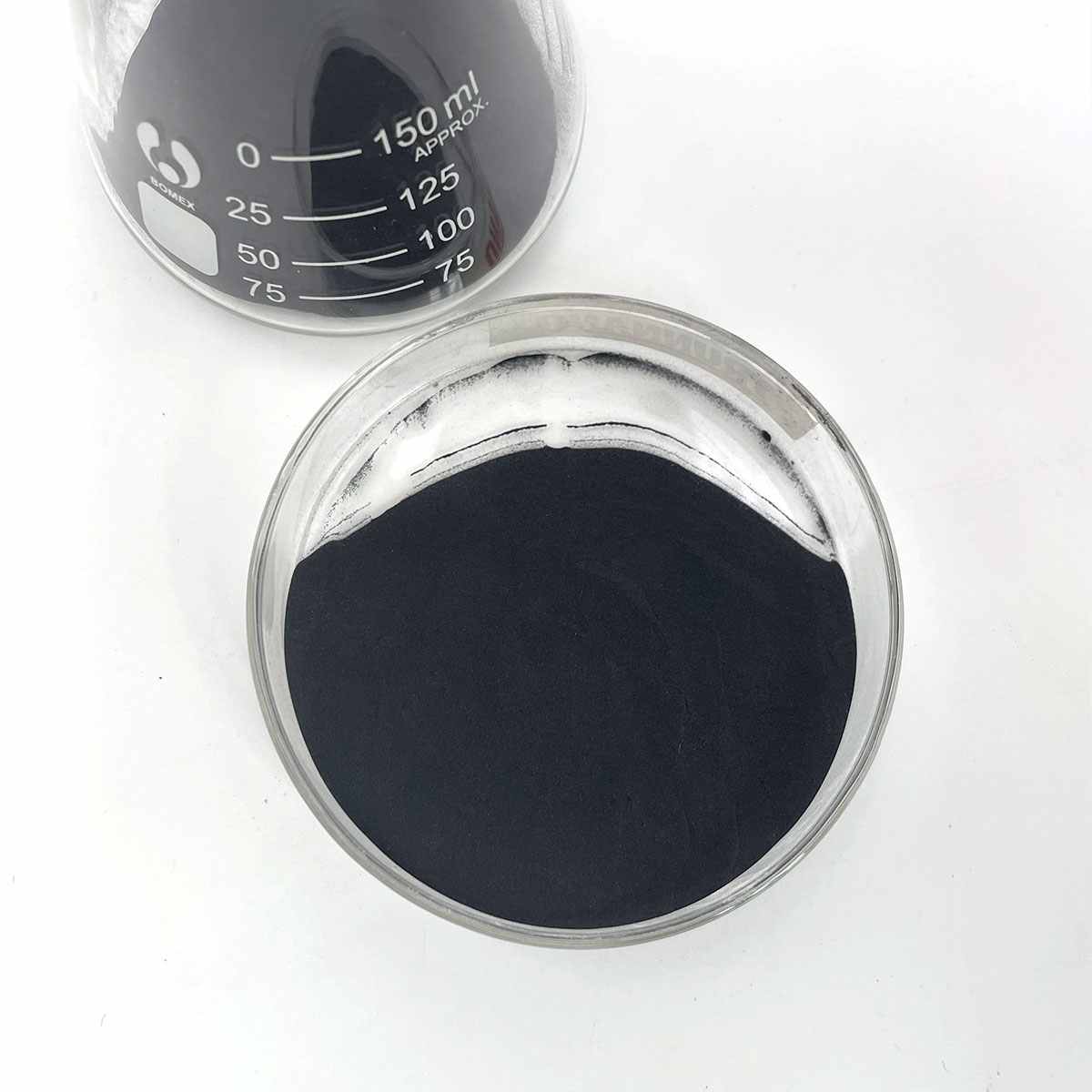
(Surfactant Hexadecyl Trimethyl Ammonium Bromide / Cetyl Trimethyl Ammonium Bromide / Ctab CAS No.: 57-09-0)
Specification of Surfactant Hexadecyl Trimethyl Ammonium Bromide / Cetyl Trimethyl Ammonium Bromide / Ctab CAS No.: 57-09-0
Surfactant Hexadecyl Trimethyl Ammonium Bromide (CTAB) is a cationic quaternary ammonium compound with the CAS number 57-09-0. It looks like a white crystalline powder or strong. The chemical formula is C19H42BrN, and the molecular weight is 364.45 g/mol. This substance liquifies conveniently in water and blends with ethanol. It is steady under normal temperatures and pressures but breaks down under solid acidic or alkaline problems.
CTAB functions as a surfactant. It decreases surface area tension in between liquids or between a fluid and a strong. This property makes it beneficial in lots of sectors. In cosmetics, it works as an emulsifier or antiseptic representative. It assists mix oil and water in products like shampoos or conditioners. In drugs, it acts as an anti-bacterial or preservative. Laboratories utilize it for DNA extraction. It binds to DNA molecules, dividing them from healthy proteins throughout purification.
The melting point of CTAB arrays in between 230 ° C and 250 ° C. It should be saved in a completely dry, trendy place far from direct sunlight. Keep it sealed snugly to stay clear of moisture absorption. Manage it with care. CTAB might aggravate skin and eyes. Use gloves and goggles during use. Avoid inhaling its dust. Follow safety guidelines for chemical handling.
Suppliers create CTAB through alkylation responses. Trimethylamine responds with hexadecyl bromide in regulated problems. The process ensures high purity. Quality checks verify the product satisfies industry criteria. Technical-grade CTAB fits commercial applications. Reagent-grade versions are for study objectives.
CTAB is compatible with many nonionic surfactants. Do not mix it with anionic surfactants. This triggers precipitation. Inspect compatibility before combining it with other chemicals. The item has a service life of two years when saved correctly. Throw out deteriorated material securely.
This surfactant is economical and reliable. It executes well in low focus. Individuals appreciate its dependability in diverse applications. Always verify local laws before acquiring or utilizing CTAB. Make sure appropriate disposal approaches straighten with ecological guidelines.

(Surfactant Hexadecyl Trimethyl Ammonium Bromide / Cetyl Trimethyl Ammonium Bromide / Ctab CAS No.: 57-09-0)
Applications of Surfactant Hexadecyl Trimethyl Ammonium Bromide / Cetyl Trimethyl Ammonium Bromide / Ctab CAS No.: 57-09-0
Surfactant hexadecyl trimethyl ammonium bromide (CTAB) is a cationic surfactant with the CAS number 57-09-0. It has a wide variety of usages across markets due to its ability to minimize surface area tension and stabilize mixtures. In drugs, CTAB serves as an antiseptic agent. It aids kill germs and prevent infections in items like skin anti-bacterials and wound treatment solutions. Its antimicrobial homes make it useful for medical applications where sterility is important.
In cosmetics, CTAB serves as an emulsifier. It combines water and oil-based components in lotions, lotions, and hair conditioners. This makes certain items maintain a smooth structure and continue to be stable gradually. CTAB additionally enhances the frothing activity in shampoos and cleansers, improving their performance.
The chemical plays a key role in study laboratories. Researchers use it to separate DNA from plant and animal cells. CTAB breaks down cell membranes and divides genetic material from proteins and various other mobile elements. This action is vital for genetic analysis, PCR screening, and biotechnology study.
Industrial applications include its use in fabric softeners. CTAB binds to textiles throughout cleaning, decreasing static cling and making materials feel softer. It also functions as a corrosion inhibitor in metalworking liquids. By developing a safety layer on steel surface areas, CTAB avoids rust and extends equipment life.
In nanotechnology, CTAB acts as a template for synthesizing nanoparticles. It controls the shapes and size of fragments like silver or gold nanoparticles, which are made use of in sensors, drivers, and electronic devices. The surfactant’s structure guides particle growth, ensuring uniformity in manufacturing.
CTAB is employed in petroleum healing as well. It improves the efficiency of oil removal by minimizing friction in between boring liquids and rock surface areas. This helps boost oil return while lowering functional prices.
Precaution are very important when handling CTAB. Direct contact with skin or eyes can cause irritation. Appropriate protective devices like handwear covers and safety glasses should be utilized. Storage requires an amazing, dry setting far from inappropriate substances.
The versatility of CTAB makes it an important component in multiple sectors. Its ability to modify surface areas, support blends, and improve chemical processes drives its fostering in both day-to-day items and progressed innovations.
Company Profile
SurfactantChina is a trusted global chemical material supplier & manufacturer with over 12-year-experience in providing super high-quality surfactant and relative products.
The company has a professional technical department and Quality Supervision Department, a well-equipped laboratory, and equipped with advanced testing equipment and after-sales customer service center.
If you are looking for high-quality surfactant and relative products, please feel free to contact us or click on the needed products to send an inquiry.
Payment Methods
L/C, T/T, Western Union, Paypal, Credit Card etc.
Shipment
It could be shipped by sea, by air, or by reveal ASAP as soon as repayment receipt.
5 FAQs of Surfactant Hexadecyl Trimethyl Ammonium Bromide / Cetyl Trimethyl Ammonium Bromide / Ctab CAS No.: 57-09-0
What is surfactant hexadecyl trimethyl ammonium bromide?
This compound is a quaternary ammonium salt. It is often called cetyl trimethyl ammonium bromide or CTAB. Its CAS number is 57-09-0. It acts as a cationic surfactant. It has a long hydrocarbon chain. This structure helps it dissolve in water and organic solvents.
What are CTAB’s main uses?
CTAB works as a surfactant in many industries. It stabilizes emulsions in cosmetics. It helps in hair conditioners by reducing static. Labs use it to isolate DNA from plant cells. It also serves as an antiseptic agent. Some cleaning products include it for its germ-killing properties.
Is CTAB safe to handle?
Direct contact can irritate skin and eyes. Inhaling its dust may cause respiratory issues. Swallowing it is harmful. Always wear gloves and goggles when using it. Follow safety guidelines from the material safety data sheet. Store it away from food and children.
How should CTAB be stored?
Keep the container tightly sealed. Store it in a cool, dry place. Avoid sunlight and high temperatures. Do not mix it with strong oxidizers. Check the container for damage regularly. Keep it away from acids and bases.
What precautions are needed when using CTAB?
Work in a well-ventilated area. Use local exhaust to control dust. Avoid creating aerosols. Wash hands after handling. Do not eat or drink near the chemical. Spills should be cleaned immediately with absorbent materials. Dispose of waste according to local regulations.
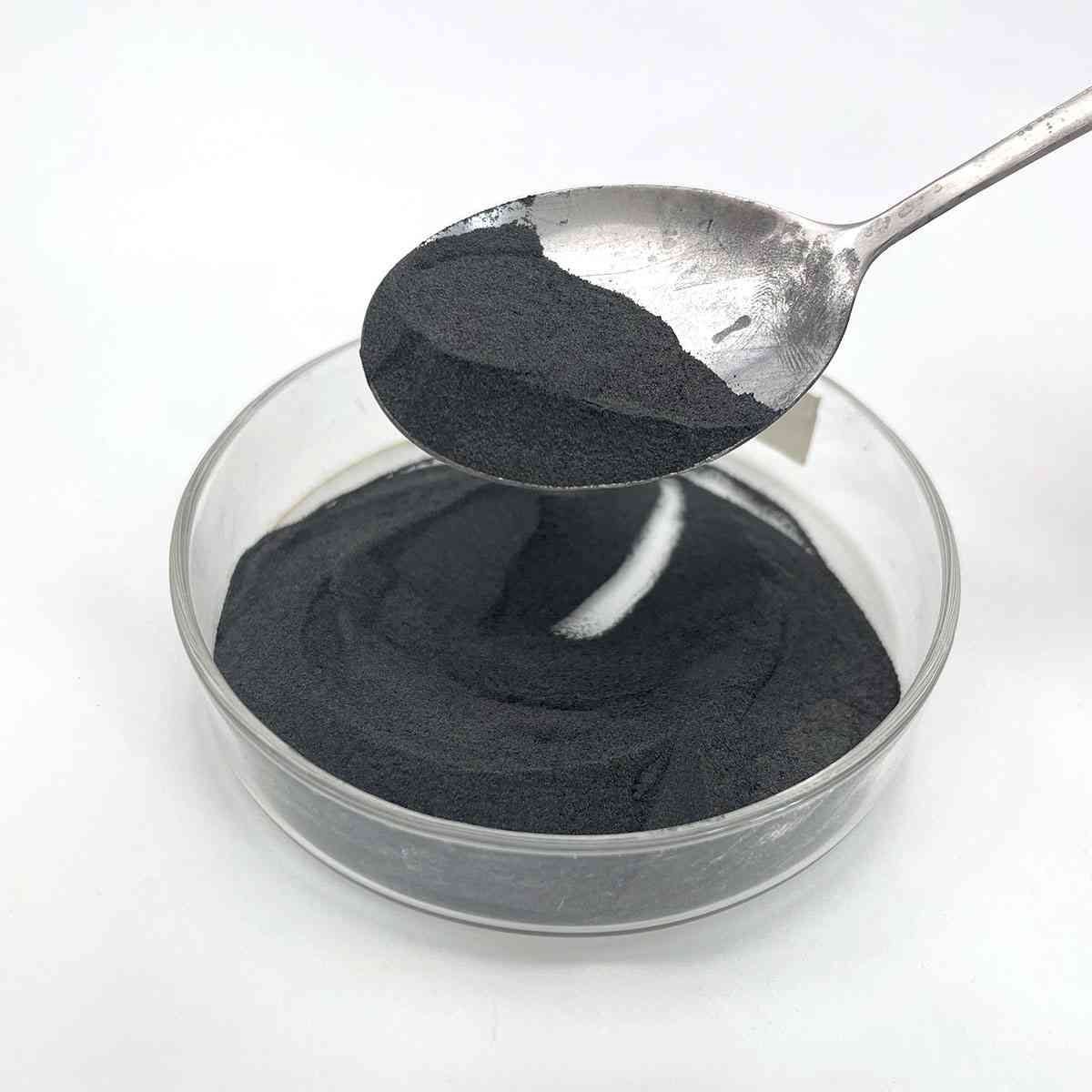
(Surfactant Hexadecyl Trimethyl Ammonium Bromide / Cetyl Trimethyl Ammonium Bromide / Ctab CAS No.: 57-09-0)



